When I started UV imaging of sunscreens about 5 years ago, I ended up having to get various bits of kit to try, not knowing what would work and what wouldn’t. This is normal when building new imaging methods, as it is difficult to predict what will work and what wont. One lighting setup I got at the time was a UV modified Nikon R1C1 flash system. Advanced Camera Services Ltd here in the UK (where I bought the UV modified camera from) replaced the flash windows with UV transparent material which also blocked the visible light. At the time, I assumed that I needed the flashes to be visible blocking rather than just leave them as emitting everything for UV imaging which turned out not to be correct. However, the other lighting I got worked for the project, and this modified R1C1 has sat in a box ever since. Until a few days ago.
I decided to get some test shots with this using my UV modified Nikon d810 and Rayfact 105mm UV lens – the are UV reflection images (how the plants look in UV, becomes very interesting when we consider that birds and insects can see in UV as well as in visible light). The subjects were wild flowers in the garden. Background lighting was mixed – daylight, but mixture of sunshine and shade. ISO2500, 1/125s exposure, aperture was f11 to f22, white balanced in Darktable and reduced in size for sharing here. Some processing in Photoshop (denoise, curves and sharpening). On to the photos;
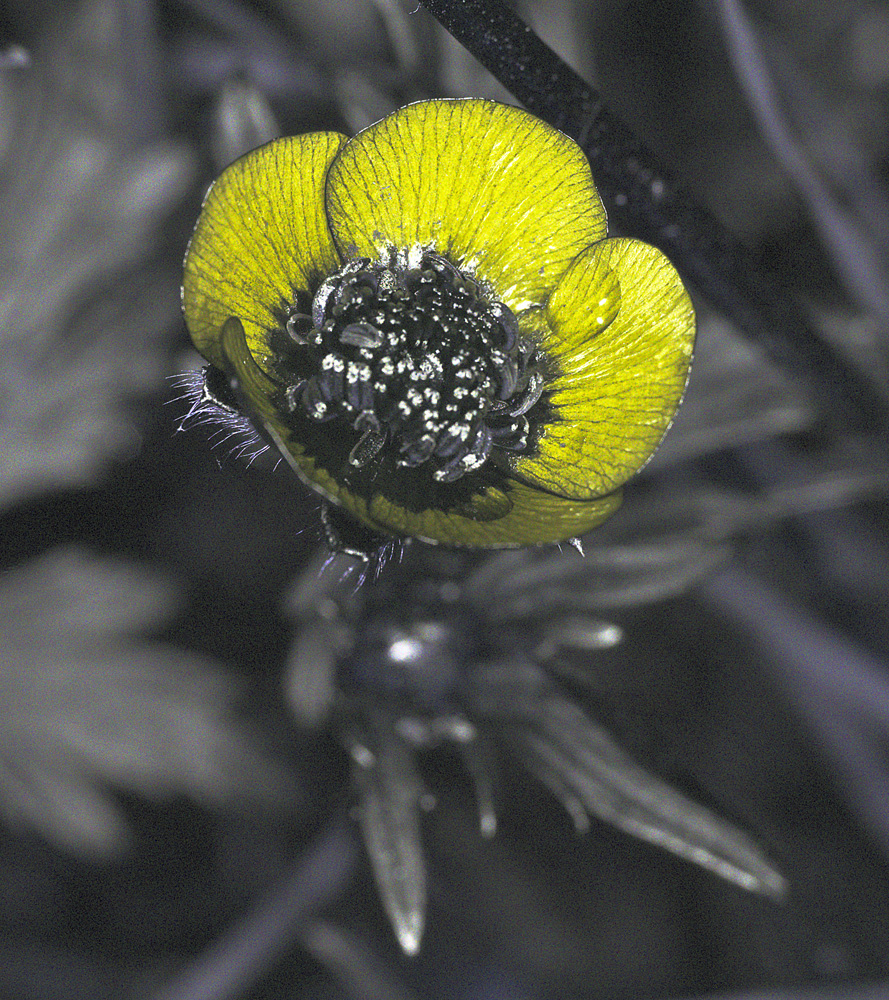

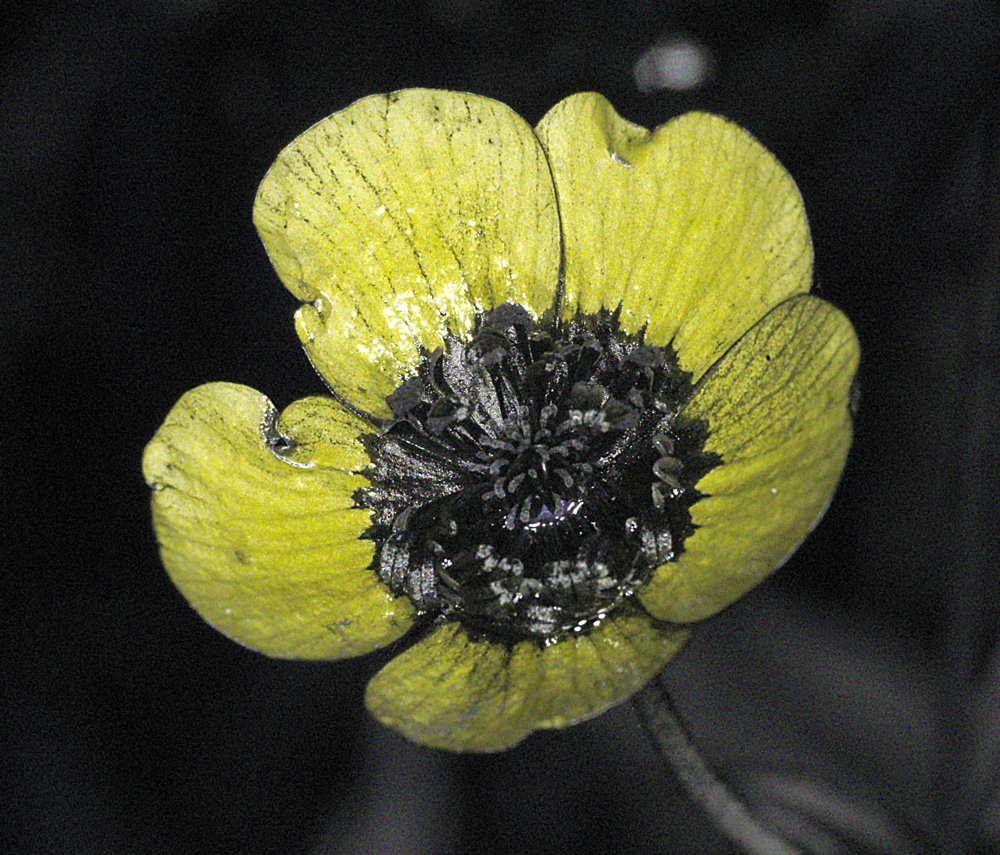
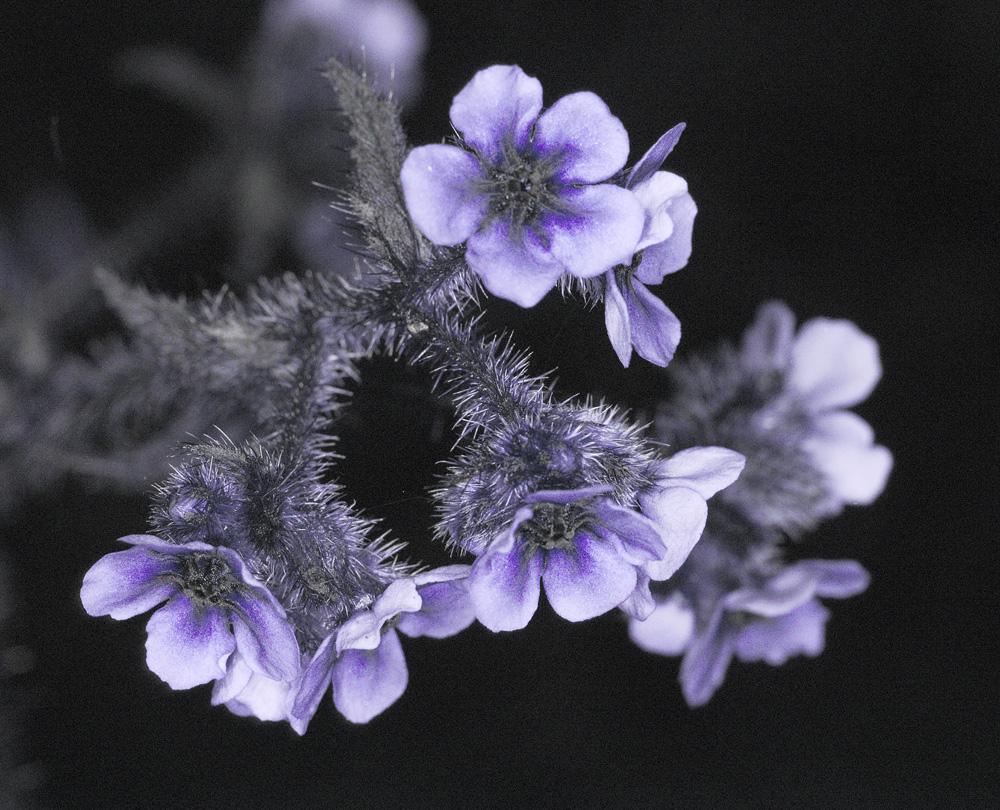
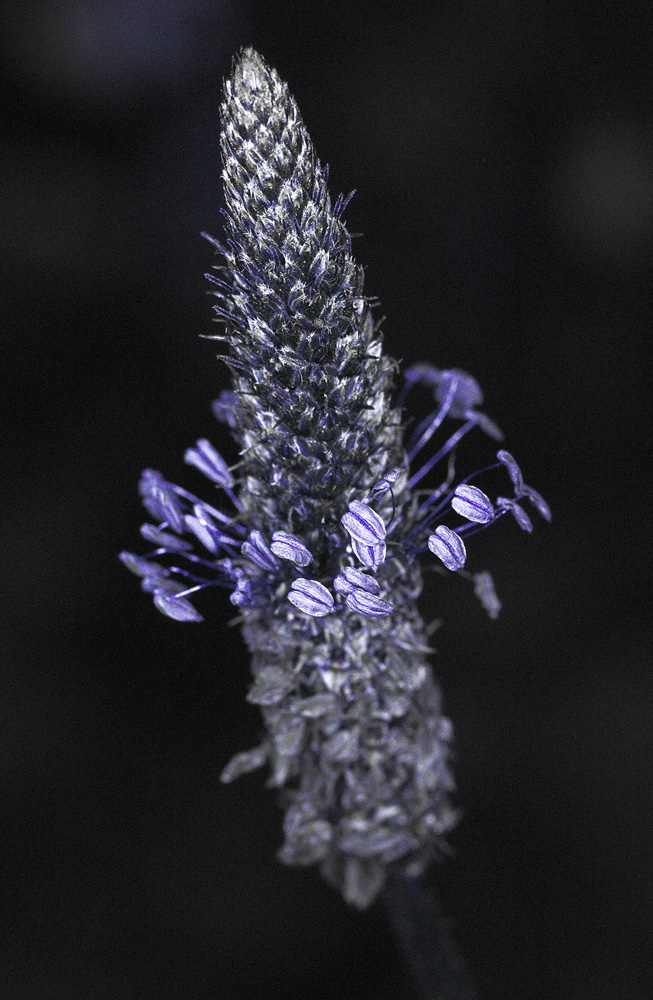
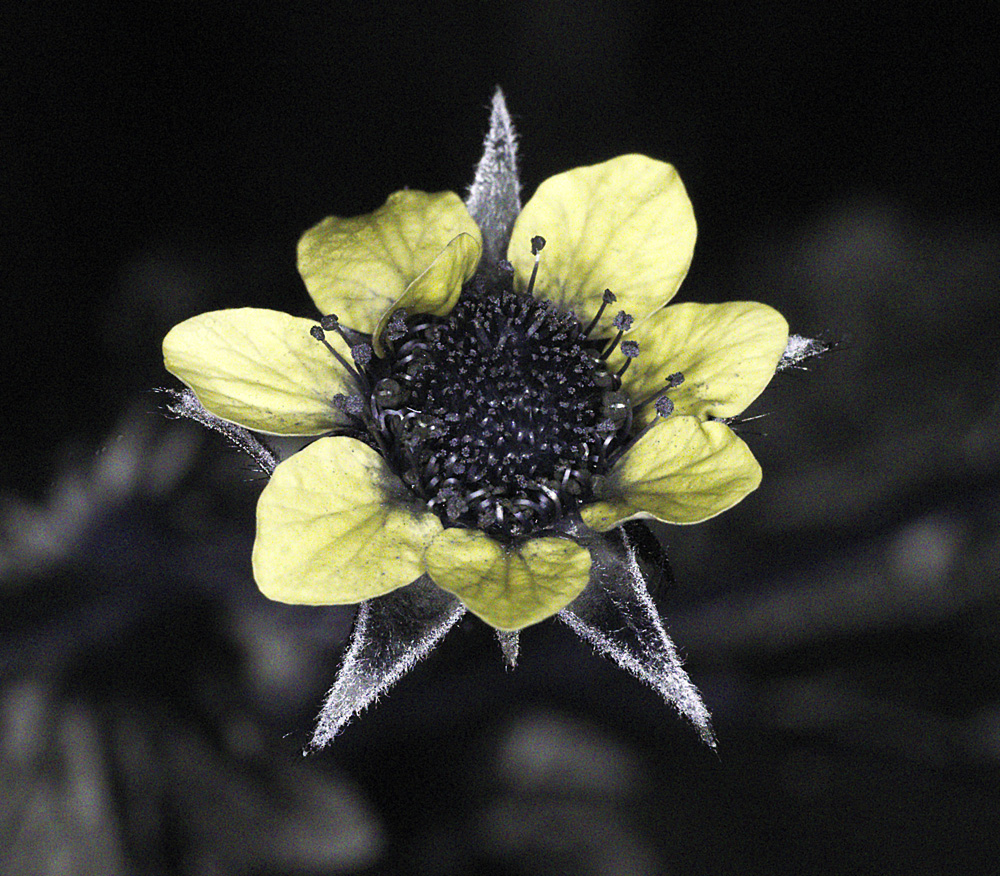
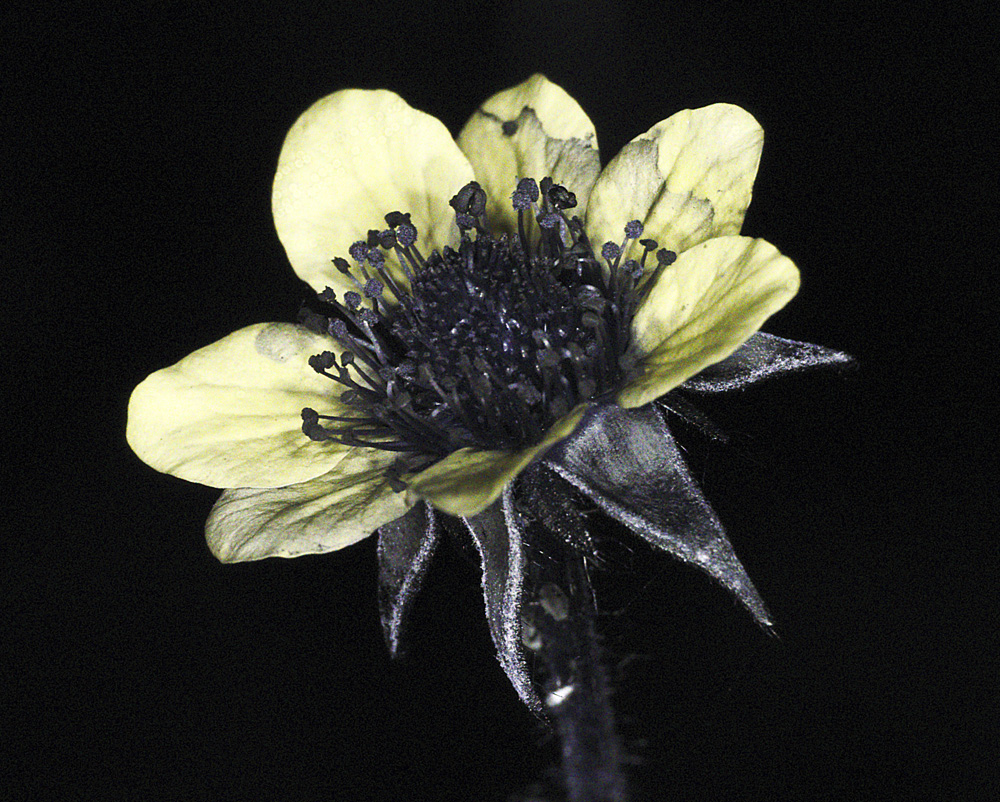

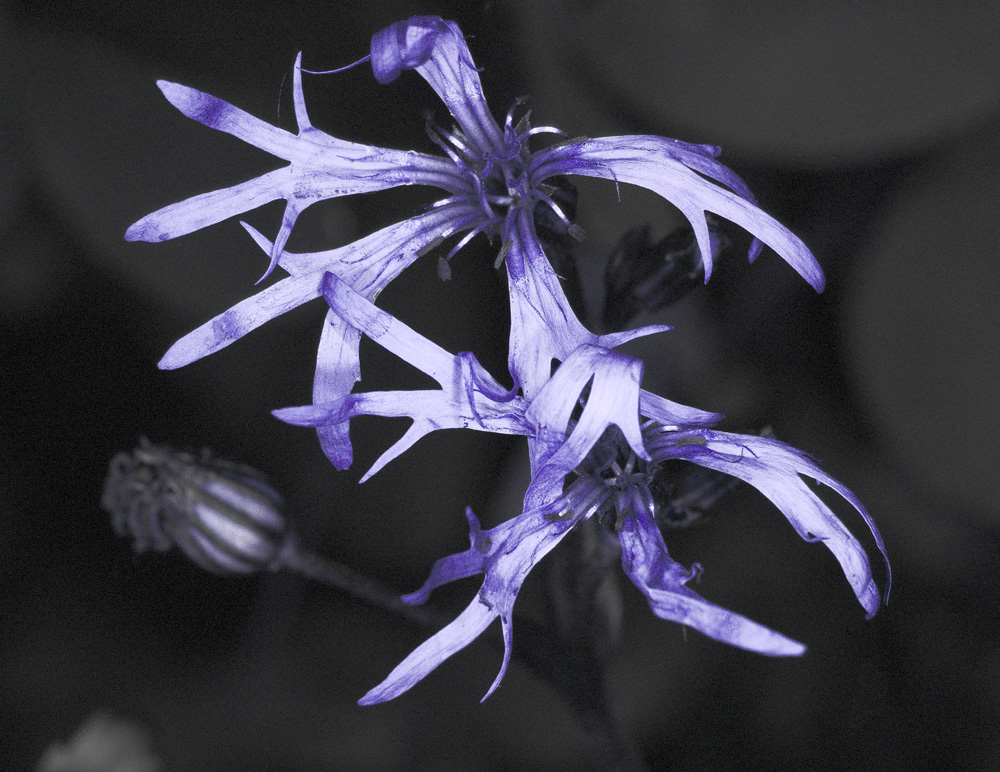
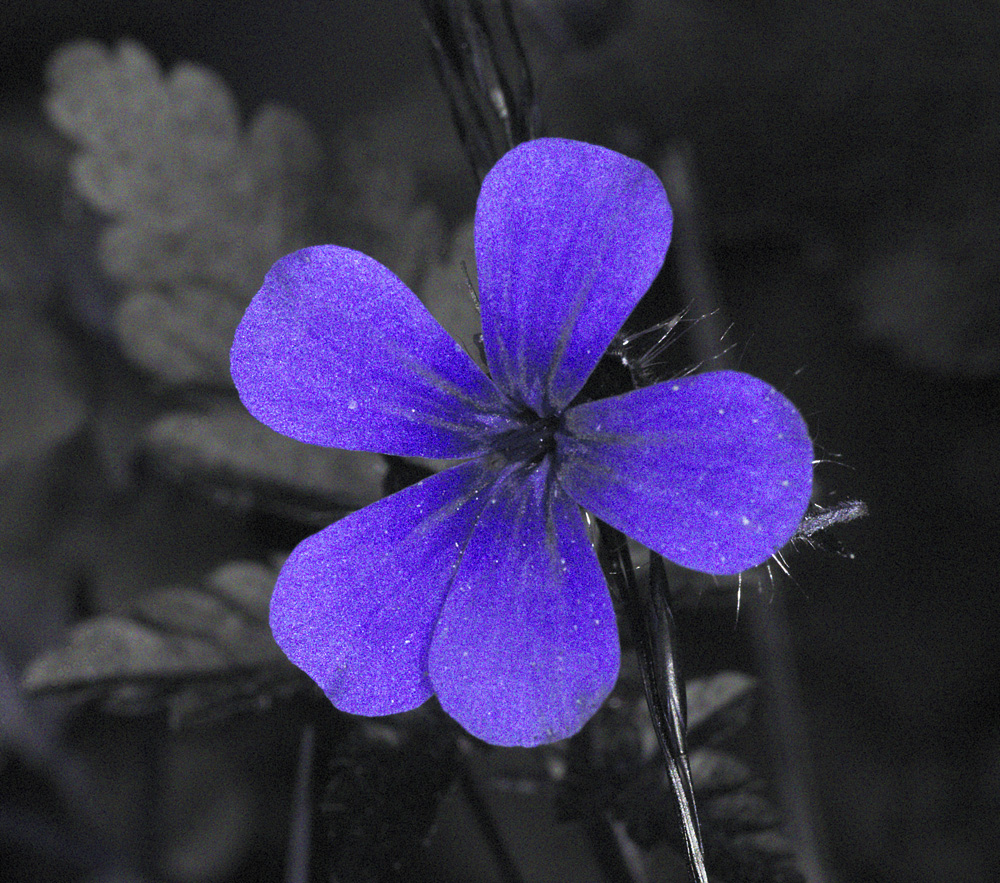
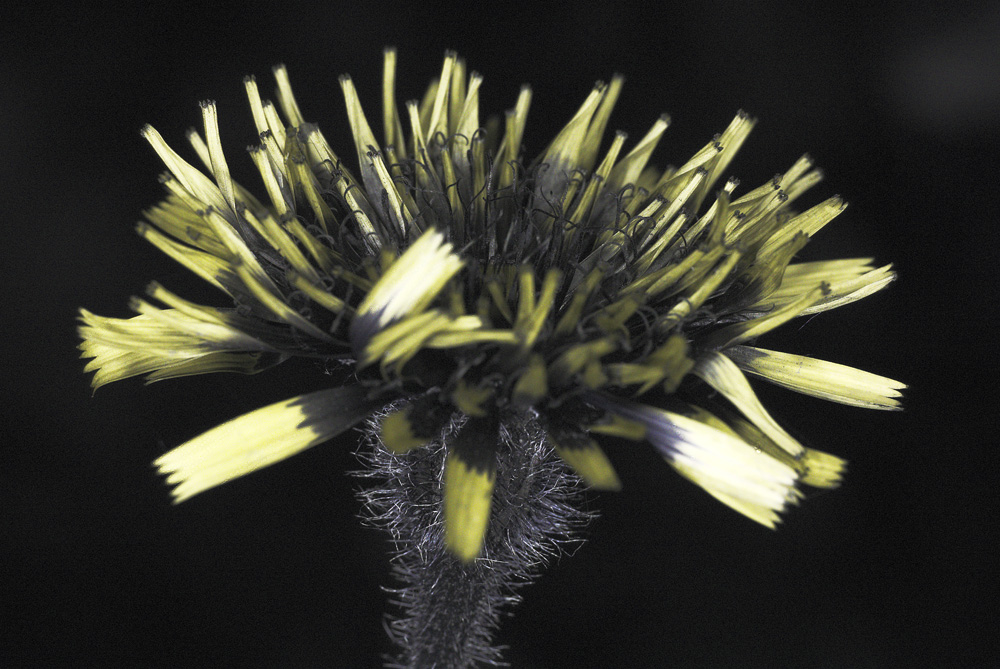
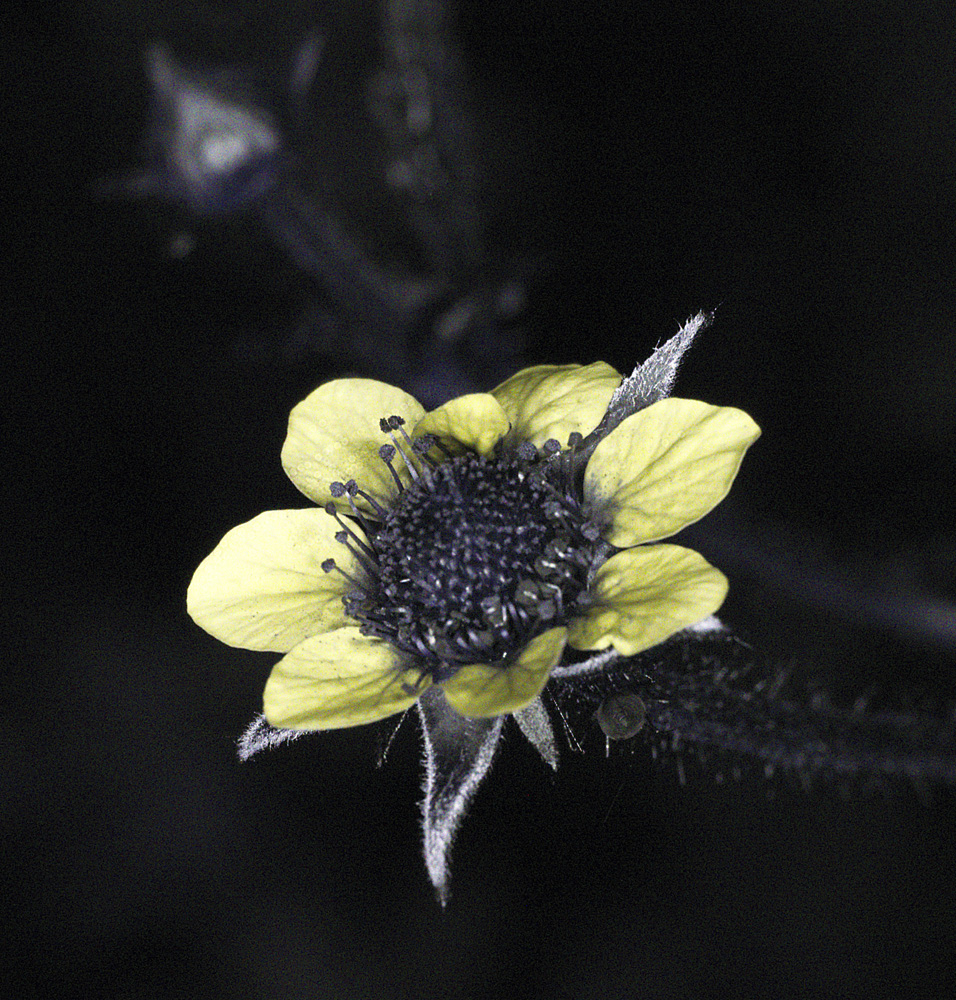
These were all within about a 2m stretch of wildflowers in our back garden;
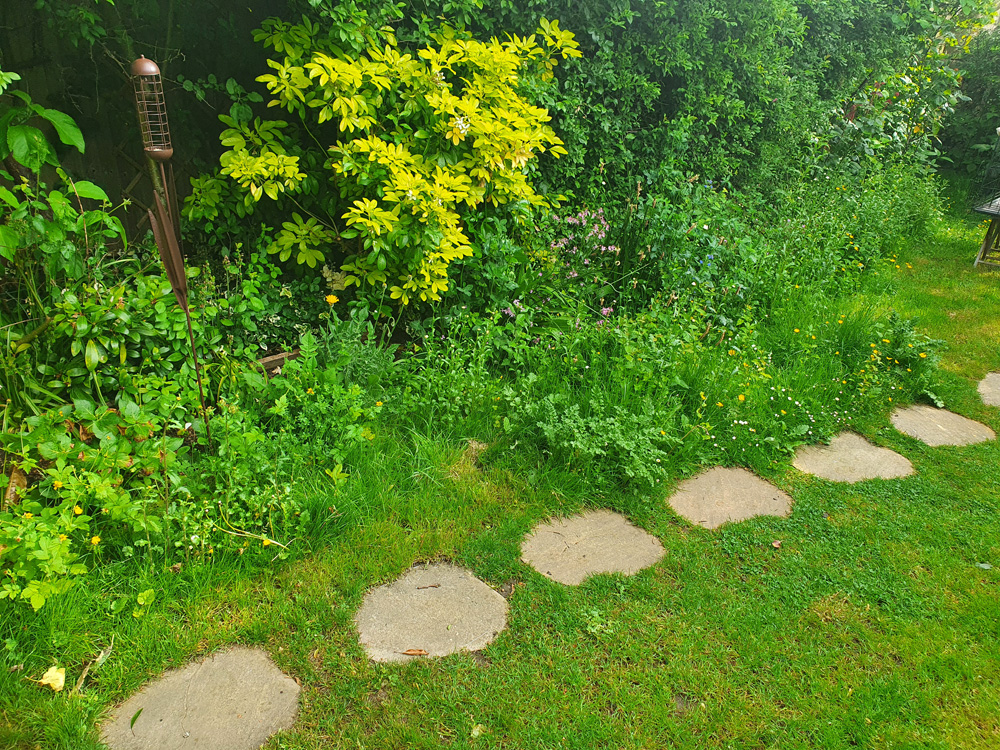
The flash has done a good job of providing additional UV, and the short duration of the flash helps to freeze the subject. The setup is shown below;
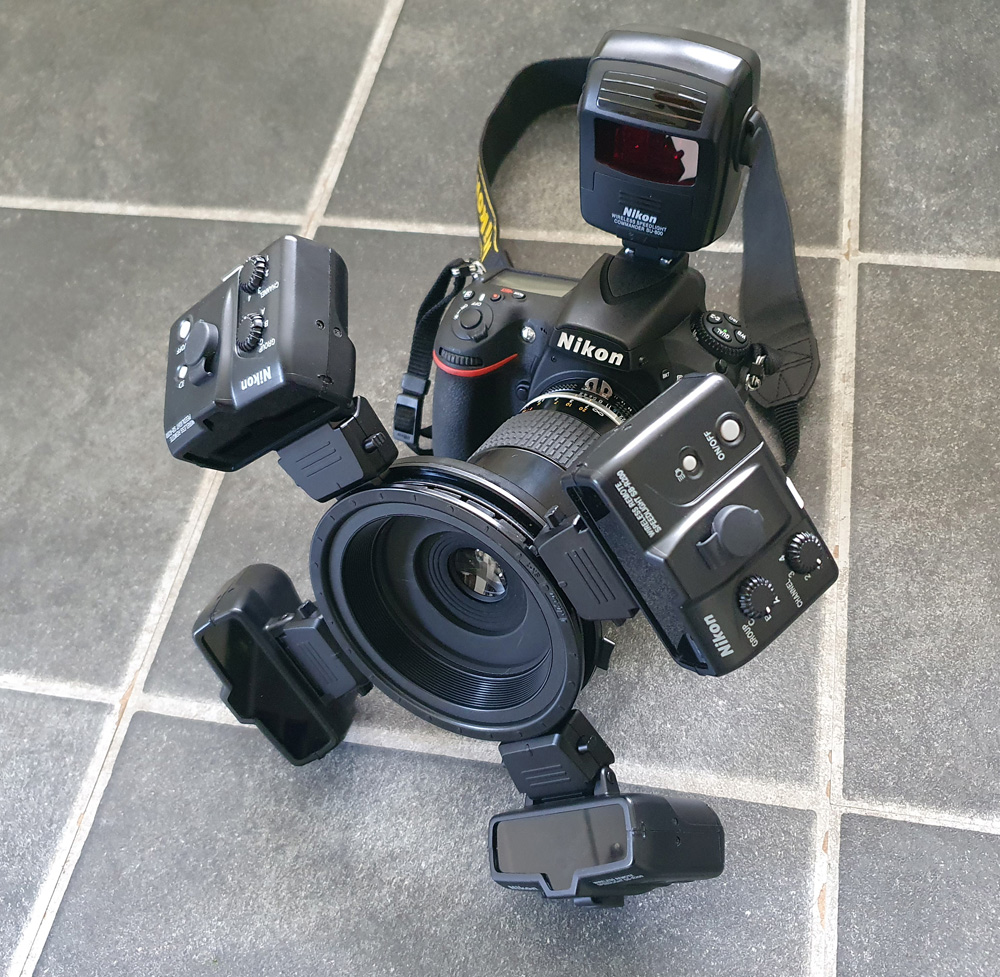
The original images are still a little noisy for my liking. The R1C1 flash modules output is not huge in the UV, even with using 4 of them. However for closeup work like this it allowed for ISO2500 with a reasonably depth of field on the lens, which is just provides usable results. With a more recent camera with better high ISO capability ISO2500 would be no issue at all. This then makes for a compact and very usable setup for capturing UV photos of flowers in the field.
Thanks for reading today’s photogenic tale, and if you’d like to know more about this or other aspects of my work, I can be reached here.
